Northwest Louisiana has its fair share of pine trees. The Pineywoods region extends here from East Texas, and there is a long history of logging and timber replanting in this area. It is not uncommon to see forests that are essentially pine tree plantations.
We have a few different pine tree species in the area:
- Pinus taeda-Loblolly Pine
- Pinus echinata-Shortleaf Pine
- and rarely, Pinus palustris-Longleaf Pine
Different pine species of the genus Pinaceae can be differentiated by various methods, one being the number of pine needles per cluster or fascicle. Being able to tell which pine tree you are looking at is pretty cool. We have far more Loblolly pines here in and around Shreveport, LA than the other two species, and it is not at all difficult to key them out. I am primarily talking about identification by fascicles, but you can also identify various pines by the cones (size, shape and texture), the bark, and also overall size and shape of the tree.
Shortleaf pine has two needles per fascicle. They are flexible and sometimes slightly twisted. The cones of shortleaf pine are also markedly smaller than the loblolly.
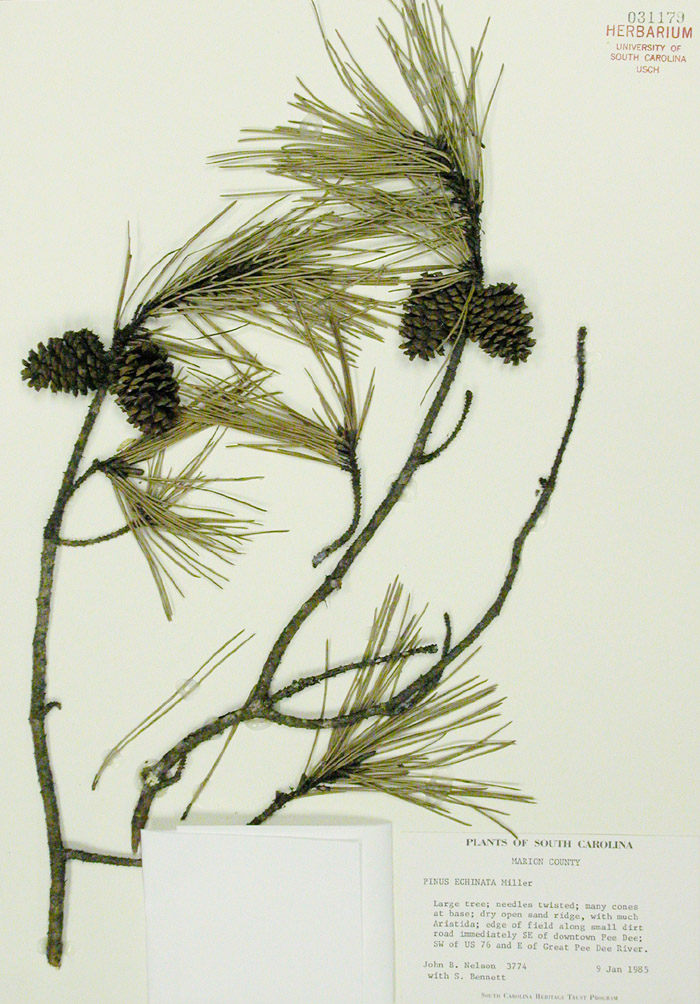
Image from A.C. Moore Herbarium at University of South Carolina
Loblolly Pine has two or three needles per fascicle. Loblolly hybridizes easily. You can also see how the cone of a loblolly is directly attached (sessile) to the branch.
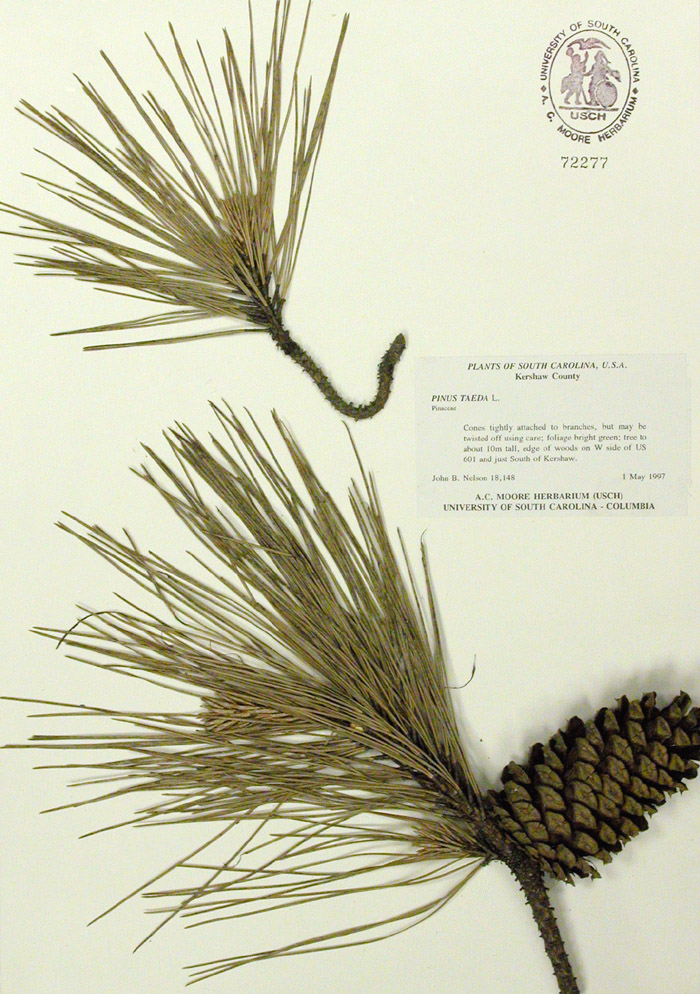
Image from A.C. Moore Herbarium at University of South Carolina
Longleaf pine has three needles per fascicle.and have markedly long needles.
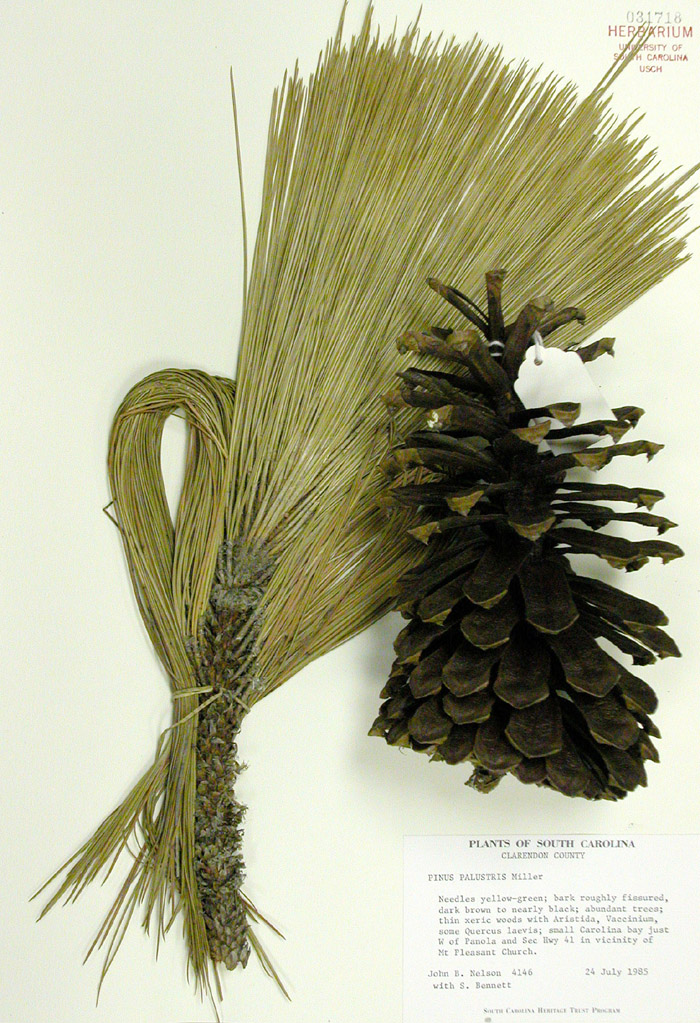
Image from A.C. Moore Herbarium at University of South Carolina
Pine savannahs are actively maintained by fire. They need periodic quick and dirty burns to be healthy. Many pine species have seeds that will simply not germinate without the high heat of a flash fire. When you imagine that this fire clears out brush and debris from the forest floor, making way for other understory plants to grow, which then encourages in fact more wildlife as they are able to feed on the young shoots of those understory species, as well as eliminating the habitat for potentially harmful pests (like ticks!), you can see that our misguided relationship to fire is not providing a positive outcome for any life involved.
I adore pine because of their abject abundance and ubiquitous presence here. It feels good to make use of and to learn the personality of pine through the lens of herbalism. That is really what herbalism is to me- deepening my relationship to plants. Here in Louisiana, it’s a pretty good idea to get to know pine!
First off, let’s talk about the useful parts of pine. That includes, well, all of them! I have made and used: pine needle vinegar, pine needle sugar, pine syrup, pine scrub, pine oil, pine hydrosol and pine resin tincture and salve. I have also collected, tinctured and eaten the pine pollen. I’ve made infused honey with the unripe catkins, and burned all parts of the pine as a smudge. I’ve also used various preparations of pine as a household cleaner.
Needles– rich in Vitamin C and lemony tasting. They are nice infused into vinegar, oil, and honey, made into a syrup and processed as a body scrub or hydrosol. The needles can also be burned as a smudge. Pine needles are possibly the easiest to collect and to use of all wild edibles. They are available year round, and are a resource that it would be quite hard for us to have a marked impact on plant populations.
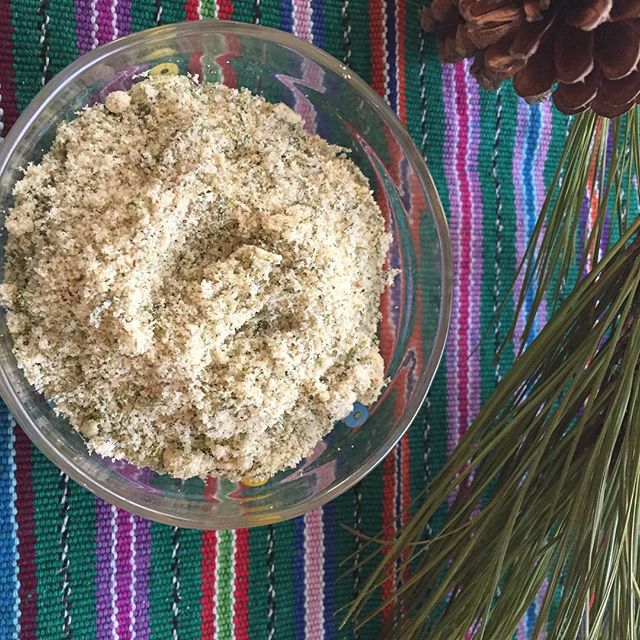
Pine needle sugar for bath scrubs and culinary use
Unripe Catkin-juicy and lemony. Can be infused in honey, to make mead, and as food.
Pollen-protein rich food and hormonally active medicine for males. Pine pollen is incredibly fiddly and time consuming to collect in abundance. It is not hard, but we have definitely seen the learning curve in the collecting, processing and storage of pine pollen.
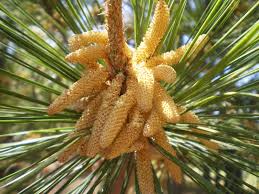
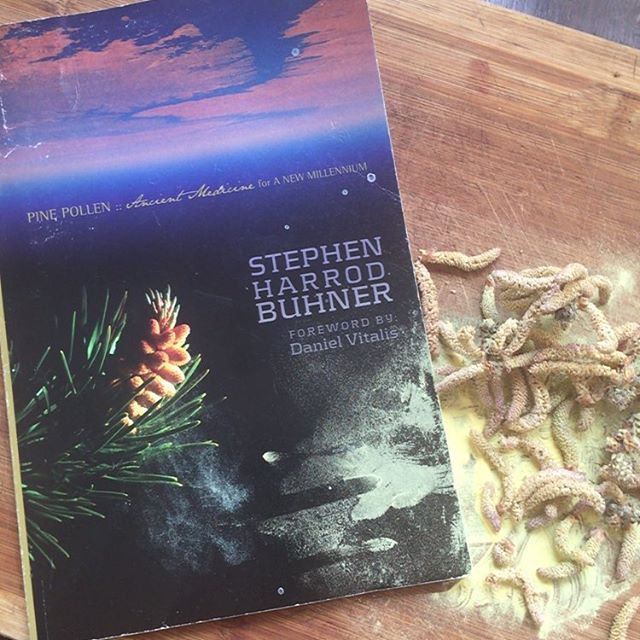
If you are at all interested in pine pollen, this is the book you need!
Resin– aromatic and sticky. Wonderful medicinal in oil, as a salve, or tinctured. Also useful as an incense or fire-starter. Collecting pine resin is for me an exercise in restraint. Some pine species drop huge balls of resin at specific times of year, but I have found that with our primarily loblollies, the resin produced is generally not in excess of what the tree needs to heal its own wounds. That is what resin is- the healing substance that pines produce to heal, close wounds and prevent infection. That said, you have to make sure not to take too much. This is one of those areas where for me, clear intention and need are of the utmost importance. An act of gratitude or an offering are also non-negotiable after collecting pine resin.

Aromatic Pine Resin Salve from our Red Earth Wildcrafted product line
The cambium layer of the inner bark is also an edible part of the pine, but I don’t have experience with it, so I won’t talk about it. I don’t feel good about using it, as it does harm the tree to collect it.
So, I guess the question is Why? Why do all of this? What is so great about pine?
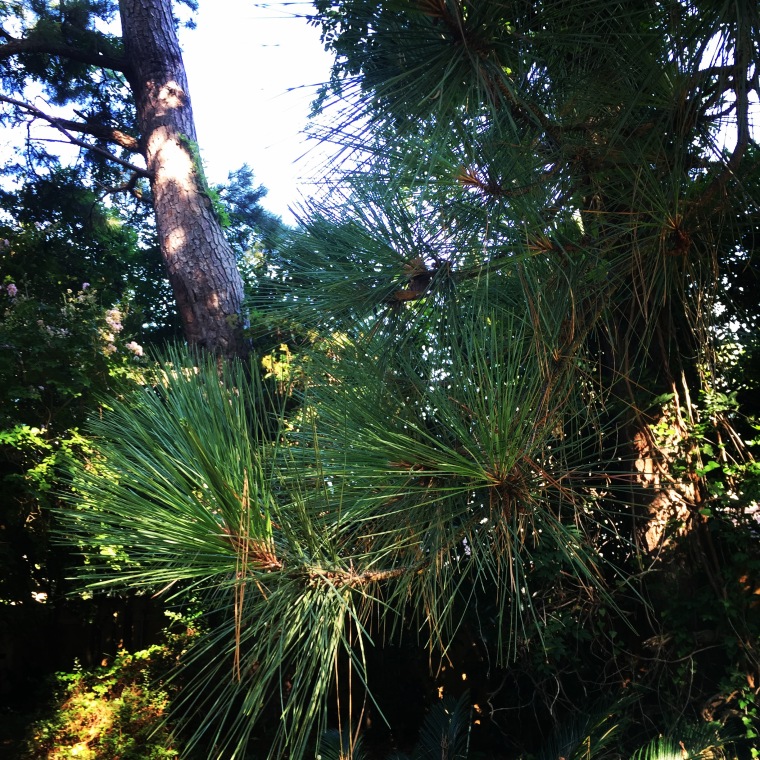
Mature backyard pines
Pine is high in volatile oils (as are most conifers). This is one of the many reasons that forest bathing is so beneficial for humans. Those anti-inflammatory volatile oils are present in the air, and simply breathing in a forest full of them is enough. That is original aromatherapy right there!
Pine contains antiseptic compounds called monoterpenes. These monoterpenes are antibacterial and antifungal, and are one of the reasons that pine has a history of use as a wash for fungal and other skin infections. In addition to that particular chemical, pine is rich in a host of other constituents. It contains tannins, resins, essential oils, terpenes and a chemical called pinipricin.
In herbalism, we tend to talk about herbs in terms of actions. Some of the actions that pine has are:
- antiseptic
- expectorant
- anticatarrhal
- stimulant
- tonic
We can then take those actions and see how they line up with traditional use. Pine has been shown to be effective in bronchitis, sinusitis, and upper respiratory catarrh (coughs and colds). An expectorant that helps to bring up phlegm and mucus residing in the lungs and other mucous membranes of the respiratory tract would be helpful in that. To that end, I like to add pine to my homemade cough syrups and also make a chest rub with the resin.
The antiseptic properties have been effective at keeping cuts, skin irritations and the infections mentioned above from getting worse. I like to use pine resin mostly for infections, and I find it to be effective not only externally but internally as well especially for upper respiratory infection.
Pine has also been used for conditions like rheumatism and arthritis. I don’t have either of these conditions, but I have observed that when pine infused oil or salve is rubbed onto skin, that the area turns red. That redness is due to increased blood flow to the area (that herbal action is referred to as rubefacient), and increased blood flow can decrease pain in swollen and achy joints.
Next up on the blog is a compilation of recipes that include pine. I’ll be including basics and ways to use them, and also some recipes that build on those basic recipes. I’m excited to get more active and share more of my experience here, so give us a follow to keep up to date if you haven’t already. I also share some over on Instagram, and I see the Facebook page as a clearinghouse for all else, plus a space to share the work of other herbalists, wildcrafters, chefs and professionals in the health and wellness sphere.
*
*
*
*
Resources/Bibliography
personal experience
Moerman, Daniel E. Native American Ethnobotany
Ganora, Lisa Herbal Constituents
Hoffman, David The New Holistic Herbal
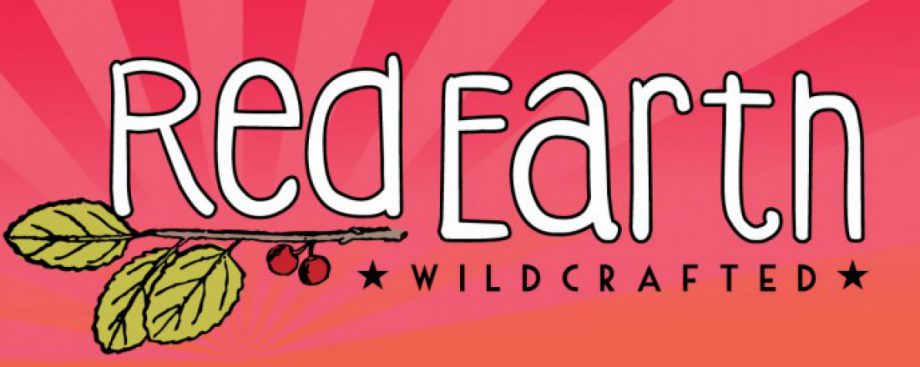

Quick note: The herbarium specimens are from the University of South Carolina, not North Carolina, and you can find these as well as others at the Flora Caroliniana website! http://herbarium.biol.sc.edu/floracaroliniana/
LikeLike
Oh wow! Apologies for the mistake. It’s now corrected. Thanks for letting me know!
LikeLike
I have a question about the different species of pine…I am in the process of making pine syrup and tinctures and we have Loblolly Pine as well – is it a safe species to use for ingesting? Thanks for your reply – Ms. Nettie
LikeLike
Thanks for the info now i know the nutritional properties of pine pollen..what a great article..
LikeLike
Pingback: Handling a rather nasty Upper Respiratory Illness with herbs and essential oils. 12-27-21 | The Garden Lady of Georgia
Pingback: Nadi Shodhana for the Pine Pollen Times | Red Earth Wildcrafted